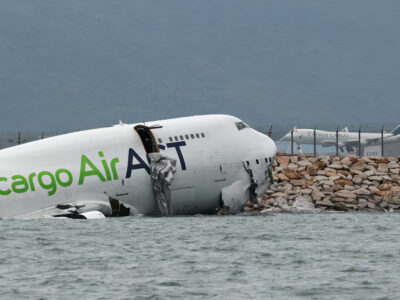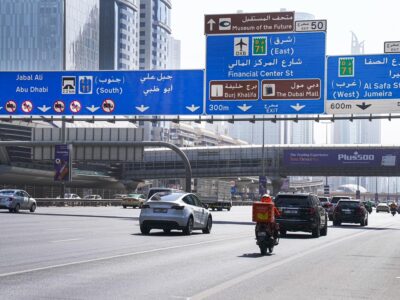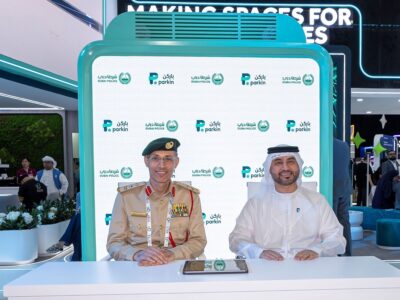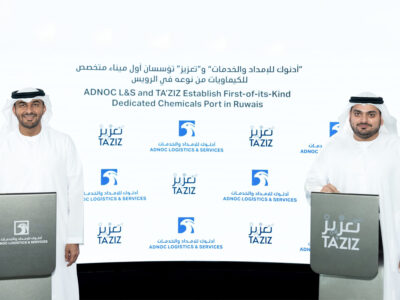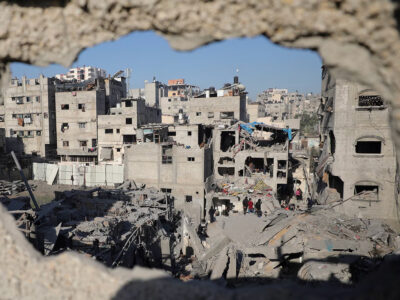The Roads and Transport Authority (RTA) and the General HQ of the Dubai Police have announced the awarding of the contract for the trial run of a new traffic management system to Emirates Transport.
The traffic incidents management scheme (TIM) scheme will be tentatively implemented on a 70km sector of the Sheikh Mohammed bin Zayed Road for one year starting from September 16, state news agency WAM reported.
Mattar Al Tayer, director-general and chairman of the RTA, said: “The RTA is undertaking the TIM scheme in collaboration with the General HQ of the Dubai Police. The scheme is coordinated with the Dubai Municipality, Dubai Traffic Prosecution, Directorate General of Dubai Civil Defence, and the Dubai Corporation for Ambulance Services.
“The scheme is intended to ensure rapid deployment for clearance of vehicles involved in minor incidents or experiencing breakdowns on roads. The underlying objective of the scheme is to fend off potential snarls, streamline the traffic flow at the accident site, and avoid secondary accidents triggered by sudden congestion,” Al Tayer said.
He added that Sheikh Mohamed bin Zayed Road has been selected due to the intense traffic movement, especially during peak hours, and the high frequency of minor incidents and vehicles breakdown witnessed.
Five locations have been selected as road patrol stations on the Sheikh Mohammed bin Zayed Road and each patrol will cover a 13km stretch of the road.
It is estimated that each patrol will be able to arrive at any incident scene within 10 minutes.
Major General Abdullah Khalifa Al Marri, Commander-in-Chief of Dubai Police, said: “Comprehensive traffic management studies in Dubai have been commissioned and a manual for coping with such accidents has been developed.
“Studies reveal that Dubai experiences about 250,000 vehicle breakdowns and 200 minor traffic incidents each year. According to studies, the TIM scheme will contribute to reducing the clearance time of minor accidents by 35 percent, cut congestions and associated expenses by 25 percent, and minimise the rate of secondary traffic accidents.”
